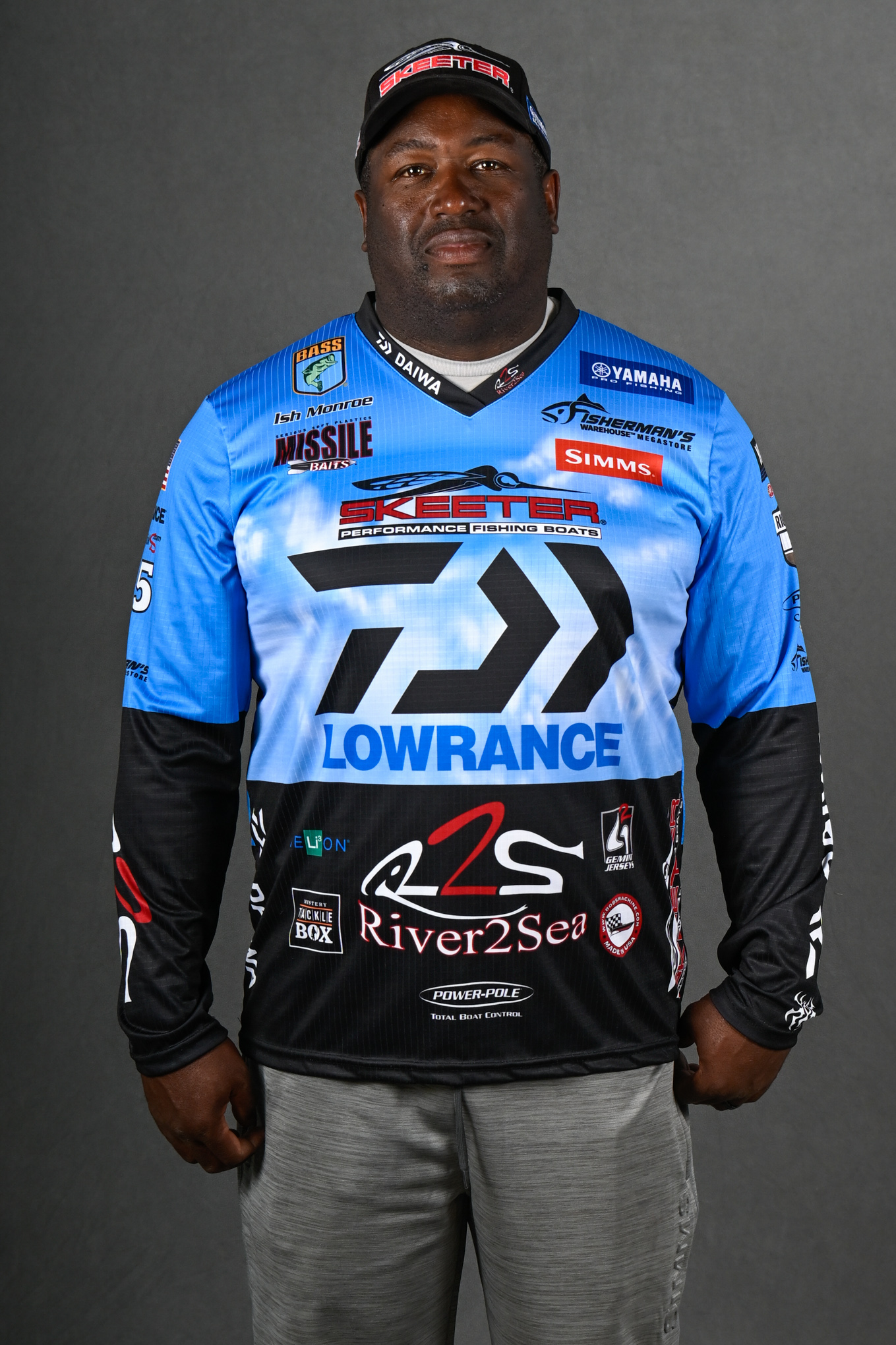
Recently I was asked about a couple of theories or ideas advanced in a new book by Josh Alwine titled, High Percentage Fishing. I haven’t read the book, but according to the questioner the first theory is that big bass — females over 7 pounds — tend to be territorial. Specifically, that in a fertile lake they live in an area no more than a quarter-mile in diameter.
I believe that, although I can’t say that I have any scientific evidence to support my belief.
Big bass are at the top of the food chain in most lakes. They don’t have to hide from much so when they find a spot that meets all of their needs they have no reason to travel anywhere else. That’s common sense.
I can say from personal experience that trophy size bass are not scattered randomly in any lake I’ve ever fished, and as a California native and professional angler I’ve fished the best. They tend to be in very specific spots. When I find one of those spots I mark it carefully because I know that I can come back after a week, a month or a year and catch another one.
Based on my experience this isn’t any different than the way any other animal lives. The biggest and the best of any species will claim the best neighborhood and stay there until, and unless, they die or are forced to move.
With all that in mind I’d say that if you’re a trophy hunter you would be well advised to mark your big bass spots and return to them frequently. That’ll give you your best chance at another trophy.
The second idea I was asked about is that giant bass feed at dawn, at dusk and during the night. I can’t say anything about the night because I rarely fish at night. I do agree with the dawn and dusk times. However, I would add low light conditions to the list regardless of the time of day.
I’ve said in the past that I’ve caught several of my biggest bass about an hour before or after noon. What I might not have made clear was that those catches were under low light conditions. Heavy, thick cloud cover — the darker the better — is when I’m looking for a giant, my friend.
And, I have caught them in the middle of the day when the sun was burning down on the water and there wasn’t a cloud in the sky. But, that was when I was fishing a frog on top of, or flipping and pitching a plastic bait into, a big, heavy grass mat.
The kind of mats I’m talking about are so heavy that no light whatsoever can get through them. The water under them is totally black, blacker than night. That’s not really fishing under a bright sun. It’s just a different way of fishing under low light conditions.
Small areas and low light are critical if you’re serious about catching the giants in your lake or river. Keep them in mind on your next trophy trip.

